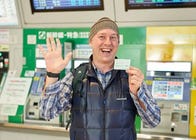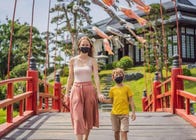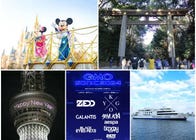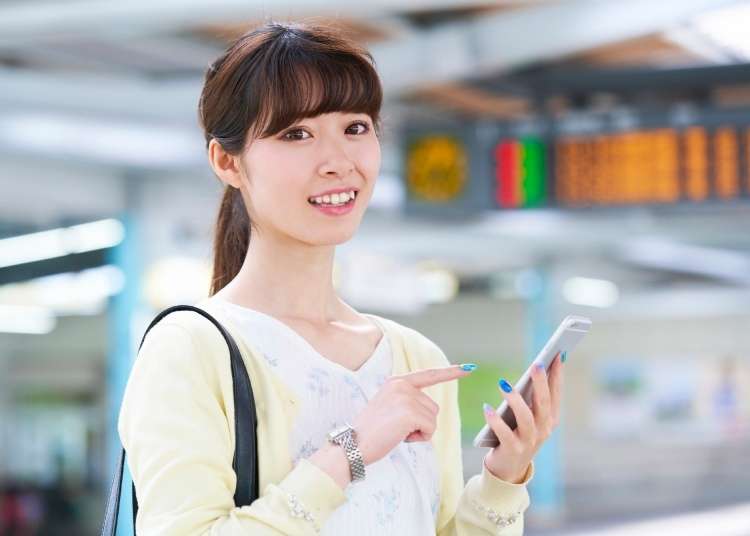
As the year-end and New Year holidays approach, Japan sees a huge uptick in train reservations. Here's when you can expect the rush to happen, as well as tips on booking a seat even during the busy period.
Here's when Shinkansen bullet trains are seeing peak reservations in 2023
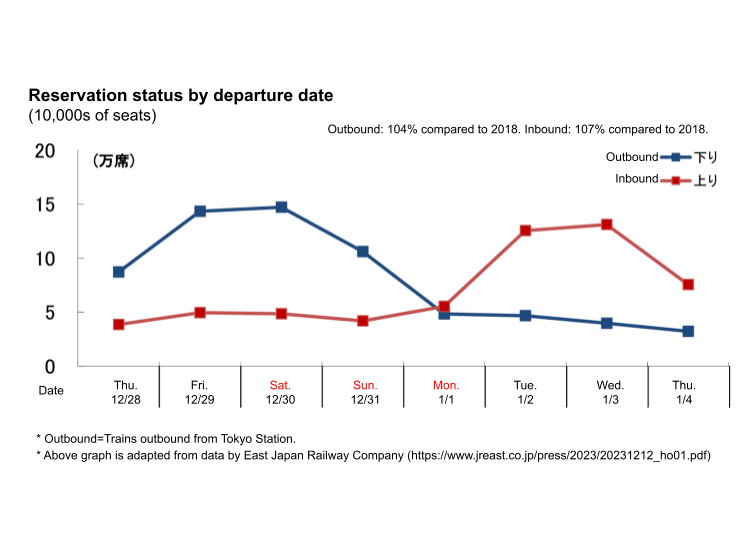
According to information released by East Japan Railway Company and Central Japan Railway Company on December 12, 2023, peak Tokyo outbound date is December 30, and the peak Tokyo inbound date is January 3, surpassing previous years.
Outbound
・JR Tokai (towards Osaka) Peak: December 29
On December 29, 'Nozomi' trains departing Tokyo in the mornings of Dec 29-30 are almost fully booked, with 'Hikari' showing congestion. Other trains have availability.
・JR East (towards Sendai) Peak: December 30
On December 29-30, particularly 'Hayabusa' and 'Komachi' are almost fully booked all day. Other dates and times still have seats available.
Inbound
・JR Tokai Peak: January 3
Congestion on 'Nozomi' and 'Hikari' trains arriving in Tokyo in the afternoons of January 2-3. Other trains have availability.
・JR East Peak: January 3
Particularly on January 3, many 'Hayabusa' and 'Komachi' trains are fully booked. Other dates and times still have seats available
What can I expect during the busiest times to travel in Japan?
First, you can expect crowds at stations around peak dates and times. You may consider reducing the amount of luggage you are bringing to a particular destination, and storing the remainder in a station coin locker, with a hotel, or with a luggage storage service.
Also, for non-reserved cars, typically toward the front and back of the Shinkansen train, you can also expect long lines as passengers wait.
For this reason, even if you have a Japan Rail Pass or other discount train ticket, it is highly recommended that you make a seat reservation.
You can do this at a JR EAST Travel Service Center in major train stations (like Tokyo and Shinjuku stations) as well as at Narita and Haneda airports.
You can also purchase tickets and make seat reservations at the official Train Reservation websites below, as well as check how full different Shinkansen are at different times and dates.
Tip: Seat availability symbols in Japan
〇 Seats are available
△ To an extent, all seats in a row are sold out
✖ No seats available
What areas will be busiest during New Year in Japan?
You can expect Kyoto and Nara, in particular, to be busy on New Year's day because of “hatsumode” - the first shrine visit of the year.
Temples and shrines in these cities, as well as major shrines like Tokyo's Meiji Jingu, will see crowds of visitors.
How can I get a seat during a peak period?
Following are a few tips to get a seat even during busy travel seasons in Japan.
- Plan ahead and make reservations. Once you settle on your travel itinerary, try to book trains (and hotels and popular attractions) as soon as you can - especially in busy seasons. Reservations can be made up to a month before the travel date. Note that if you have a Japan Rail Pass, there is no charge for reservations for regular seats on trains covered by the pass.
- Leave much earlier (or much later). Many people probably don't want to wake up at the crack of dawn to hop on a train. This can work to your advantage, as seat availability may relax at these times as well.
- Take a slower train. Everyone wants to get to their destination as quickly as possible. So many of the faster Shinkansen (like Nozomi) might fill up faster than the local Shinkansen (like Kodama). If you can be flexible with your itinerary, this may be a way to go.
- Reserve a Green Car seat. These first-class seats offer more space than regular seats, but are more expensive as well. As a result, they can tend to fill up slower than regular cars. Depending on your circumstances, you may consider booking one of these seats.
- Book separate seats. Though not ideal, if you are traveling with someone, you may luck out and find separate seats on the same train. If you are booking in person, you mention this option to the agent if the train you want is reaching capacity.
- Roll the dice with a non-reserved car. Even in peak periods, don't despair: you may still be able to get a seat in a non-reserved car by arriving early and waiting in line. This is especially for a station like Tokyo, which is from which many Shinkansen start.
The end of the year and New Year holidays are a busy season in Japan, and it can be difficult to make bookings for everything. By planning ahead and making reservations, you can have a more comfortable journey. Bon voyage!
- Category
*Prices and options mentioned are subject to change.
*Unless stated otherwise, all prices include tax.
Limited time offer: 10% discount coupons available now!
Recommended places for you
-
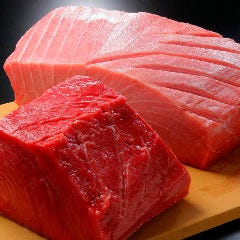
Kamesushi Sohonten
Sushi
Umeda, Osaka Station, Kitashinchi
-

Jukuseiniku-to Namamottsuarera Nikubaru Italian Nikutaria Sannomiya
Izakaya
Kobe, Sannomiya, Kitano
-
Menu
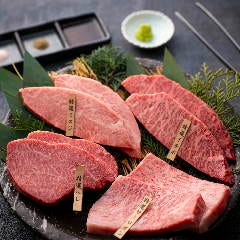
ISHIDAYA Hanare
Yakiniku
Kobe, Sannomiya, Kitano
-
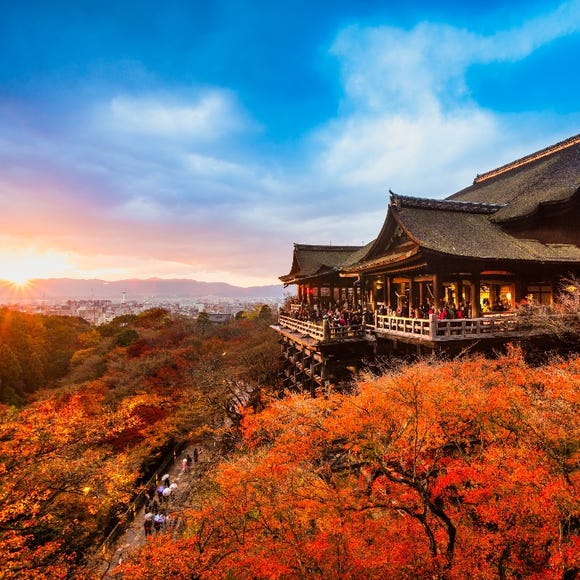
Kiyomizu-dera Temple
Temples
Gion, Kawaramachi, Kiyomizu-dera Temple
-
Appealing
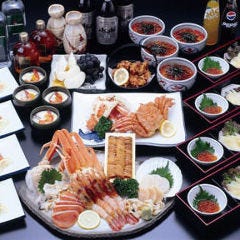
Rukku and Uohei
Izakaya
Sapporo / Chitose
-
Goods

Yoshida Gennojo-Roho Kyoto Buddhist Altars
Gift Shops
Nijo Castle, Kyoto Imperial Palace
-

The Complete Guide to the Kintetsu Rail Pass
-

12 Unique & Fun Tokyo Food Tours to Enjoy in 2024
-

Discover Osaka Station City: A Journey Through Its Most Fascinating Spots
-

Best Things to Do in Tokyo in April 2024: Events, Festivals & More
-

15 Must-Try Sushi Restaurants in Tokyo (+5 Trending Areas to Explore for Foodies)
-

15 Must-Try Restaurants in Ikebukuro: From Aged Yakiniku to All-You-Can-Eat Sushi, Plus Adorable Animal Cafés
-
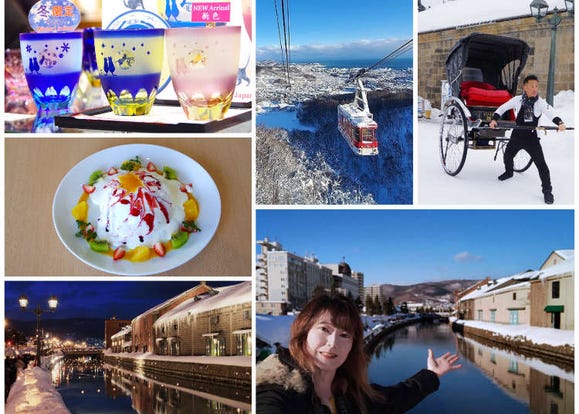
Enjoying a Day in Otaru (Hokkaido) in Winter: Itinerary Advice from a Local Travel Expert
-

Hatsumode in Kyoto 2021: 9 Recommended Shrines and Temples to Visit
-
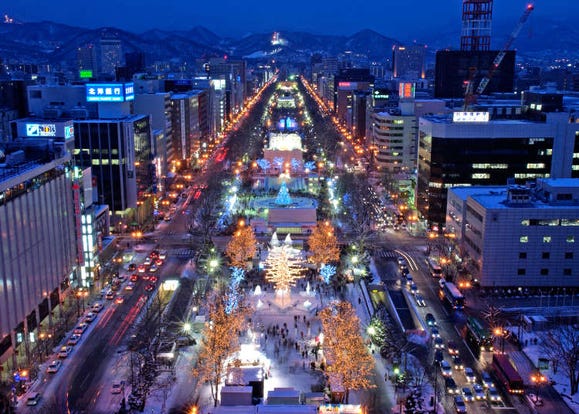
Top 13 Festivals & Events in Hokkaido (Fall/Winter 2022-2023)
-
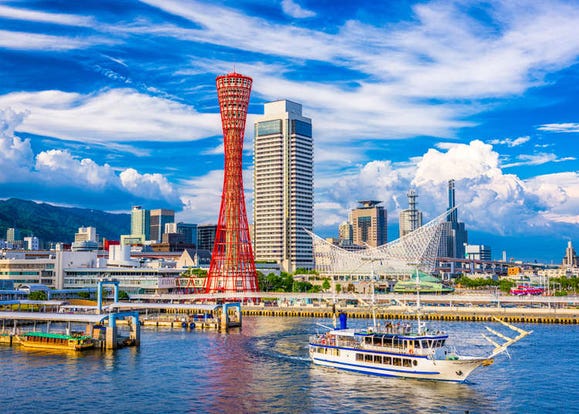
Inside Kobe Tower: Fun Things to Do at the Symbol of Kobe
-
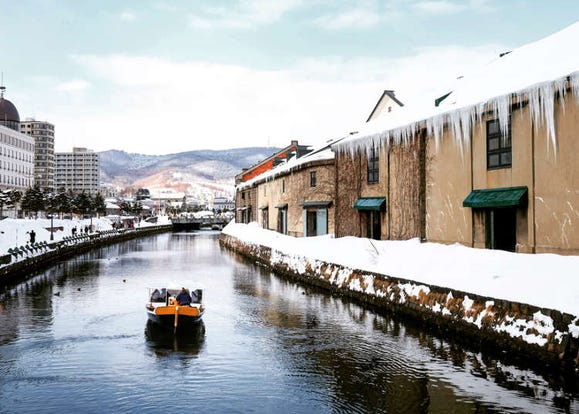
12 Fun Things to Do Near Otaru Canal: Art, History & More
-

Hokkaido Lavender Fields: 6 Best Places in Furano to See Japan's Dreamiest Purple Meadows
- #best sushi japan
- #what to do in odaiba
- #what to bring to japan
- #new years in tokyo
- #best ramen japan
- #what to buy in ameyoko
- #japanese nail trends
- #things to do japan
- #onsen tattoo friendly tokyo
- #daiso
- #best coffee japan
- #best japanese soft drinks
- #best yakiniku japan
- #japanese fashion culture
- #japanese convenience store snacks













